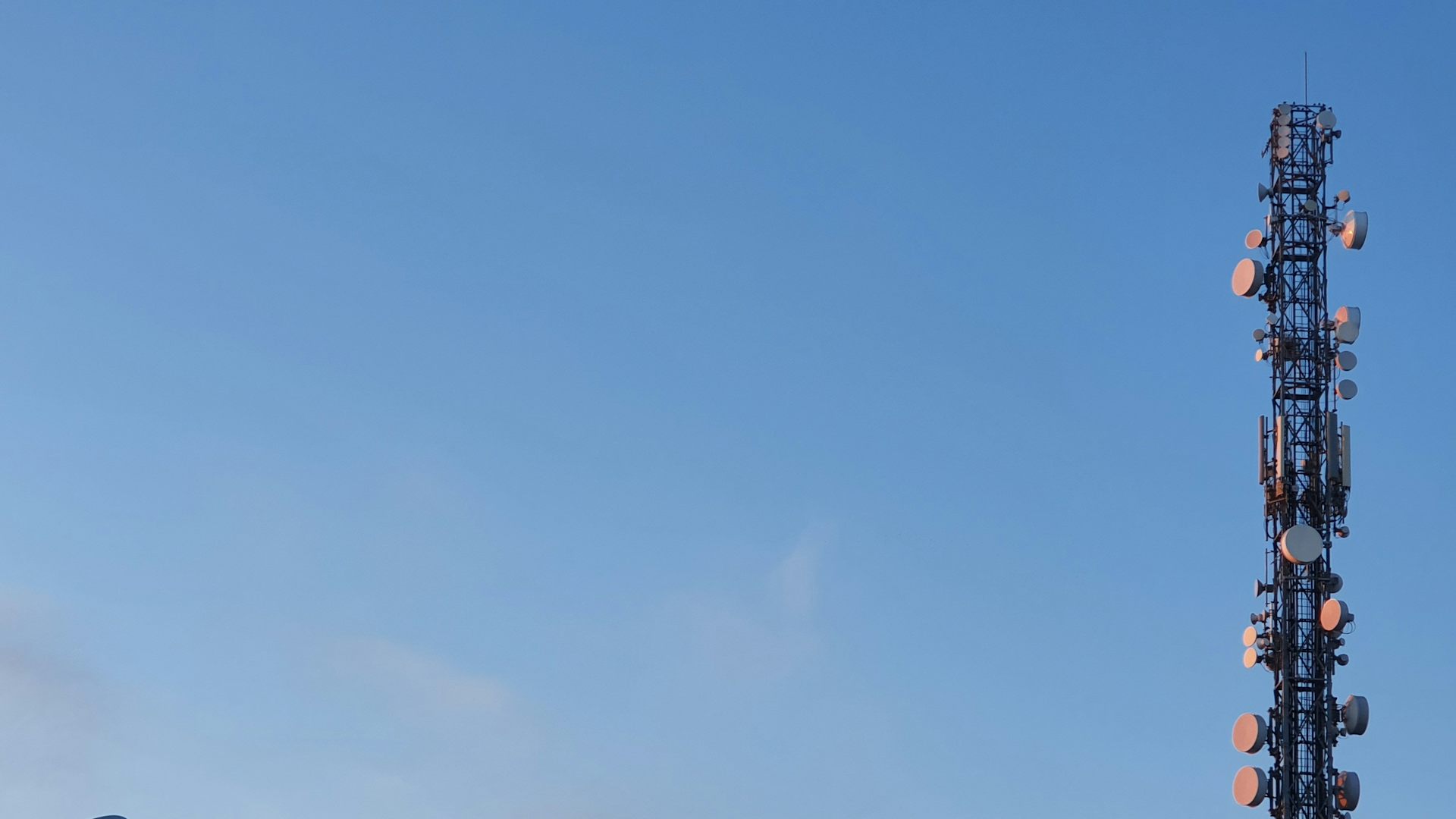5G doesn’t affect your health – here are 5 points to put your mind at ease – The Conversation Indonesia

Right now, you are reading these lines on the screen of a mobile phone, tablet, or computer. For decades now, our access to huge amounts of information and instant communication has depended on antennas and transmitters that bathe our surroundings in radiation – specifically, in non-ionising electromagnetic radiation.
However, many people are concerned that this poses a health risk – you have doubtless heard that it is better to turn off your mobile phone or wifi while you sleep, that living near a cell tower can cause cancer, or that some people are especially sensitive to the radiation they emit.
Such feelings of fear or trepidation are a normal response to things we know are there but cannot see or feel in any way. For this reason, Spain’s Scientific Advisory Committee on Radio Frequencies and Health (CCARS, by its Spanish acronym) regularly publishes comprehensive reviews of all available scientific evidence on these types of radiation. By doing so, we aim to guarantee that this technology is safe for all of us.
CCARS has published seven reports since 2008. Here, we are going to look at the findings from our most recent report, published last year.
25 years reviewing the evidence
Since 1999, CCARS, a committee made up of independent scientists, has been responsible for reviewing the available evidence on cell tower radiation. Every 2 to 3 years, they have published reports to address questions of how we can exist safely and securely alongside our mobile and wireless devices.
Each generation of new phone technology has led to fresh doubts, meaning this debate is being continually reopened and reassessed, and the most recent development, 5G, has been no exception. Since its roll-out coincided with the Covid-19 pandemic, it was accompanied by all manner of conspiracies and falsehoods, notably that it was causing or spreading the pandemic, and that vaccines contained computer chips that would allow us to be controlled from a distance via 5G technology.
Read more:
Four experts investigate how the 5G coronavirus conspiracy theory began
The committee reviewed all the evidence published in scientific journals between 2020 and 2022. This is normal and positive in science, where changes in knowledge can modify previously established understandings. This is why we must systematically and periodically review all new information, and remain vigilant of any changes.
Avoiding confirmation bias
When it comes to studying the possible effects of this type of radiation on human health, we have to address a number of different areas and issues.
First, we have to be absolutely sure that radiation levels are below the limits set out by international bodies, such as the International Commission on Non-Ionizing Radiation Protection (ICNIRP), or the USA Food and Drug Administration (FDA).
Various studies have confirmed that, even with the relatively recent 5G network roll-out, exposure levels are within safe limits, but we still have to analyse laboratory research that explores its possible effects on the human body.
We have also looked for evidence of any possible link between new wireless technologies and epidemiological series, at the population level. If we were to detect an increase in a particular illness that coincided with the launch of this new technology, that would be cause for concern.
Another important element that we have to look at is the perception of risk: How does the population perceive 5G antennas, or the more general spread of these new technologies?
Reviewing scientific information has to be objective, and we cannot simply “cherry pick” the studies that say what we want them to say. This confirmation bias must be avoided at all costs, and scientists follow comprehensive steps to minimise it as much as possible.
For this reason, our latest study has partially followed a methodology known as systematic review in order to search for information. Specifically, we followed the PRISMA guidelines, an internationally recognised standard that any researcher can apply to a literature review.
5 points to put your mind at ease
From our review of over 200 scientific articles, we have extracted five key points of reassurance:
-
None of the articles suggested a possible link between cancer and exposure to these types of radiation at typical levels.
-
There was no evidence that the hypersensitivity some people claim to suffer from – even with apparently objective symptoms – is related to these types of radiation. In fact, this can be explained by the nocebo effect, where people suffer symptoms solely because they expect to get sick.
-
There is no clear evidence of any impact on male fertility.
-
There are no conclusive studies showing a link between these types of radiation and fetus development, or later child development.
-
We found no evidence that suggests a link between exposure to phone or wifi radiation and negative effects on sleep, or that they cause headaches. These are very subjective symptoms that can result from various intersecting factors – including the very fact of worrying about the effects of radiation.
Read more:
Six surprising things about placebos everyone should know
Our findings match those of other international reports, which have also found no relationship between these types of radiation and human health.
Additionally, despite the now widespread deployment of 5G technology, overall radiation levels have not significantly increased, at least at present.
Cause for calm
Studies carried out in tightly controlled, extremely specific laboratory conditions can produce contradictory results, or may even show beneficial effects. The results of these kinds of studies can sometimes appear quite alarming.
There is therefore debate around whether such studies are useful: they represent conditions so far removed from our day to day lives that they mean very little to the general population.
Risk perception is influenced by a number of subjective and psychological factors, including gender and levels of academic study. Understanding this information can help us to design communication strategies that are rooted in scientific evidence.
This most recent CCARS report firmly backs up previous ones, and allows us to share a message of calm: under normal conditions, there is no evidence that electromagnetic non-ionising radiation has an effect of any kind on human health.


